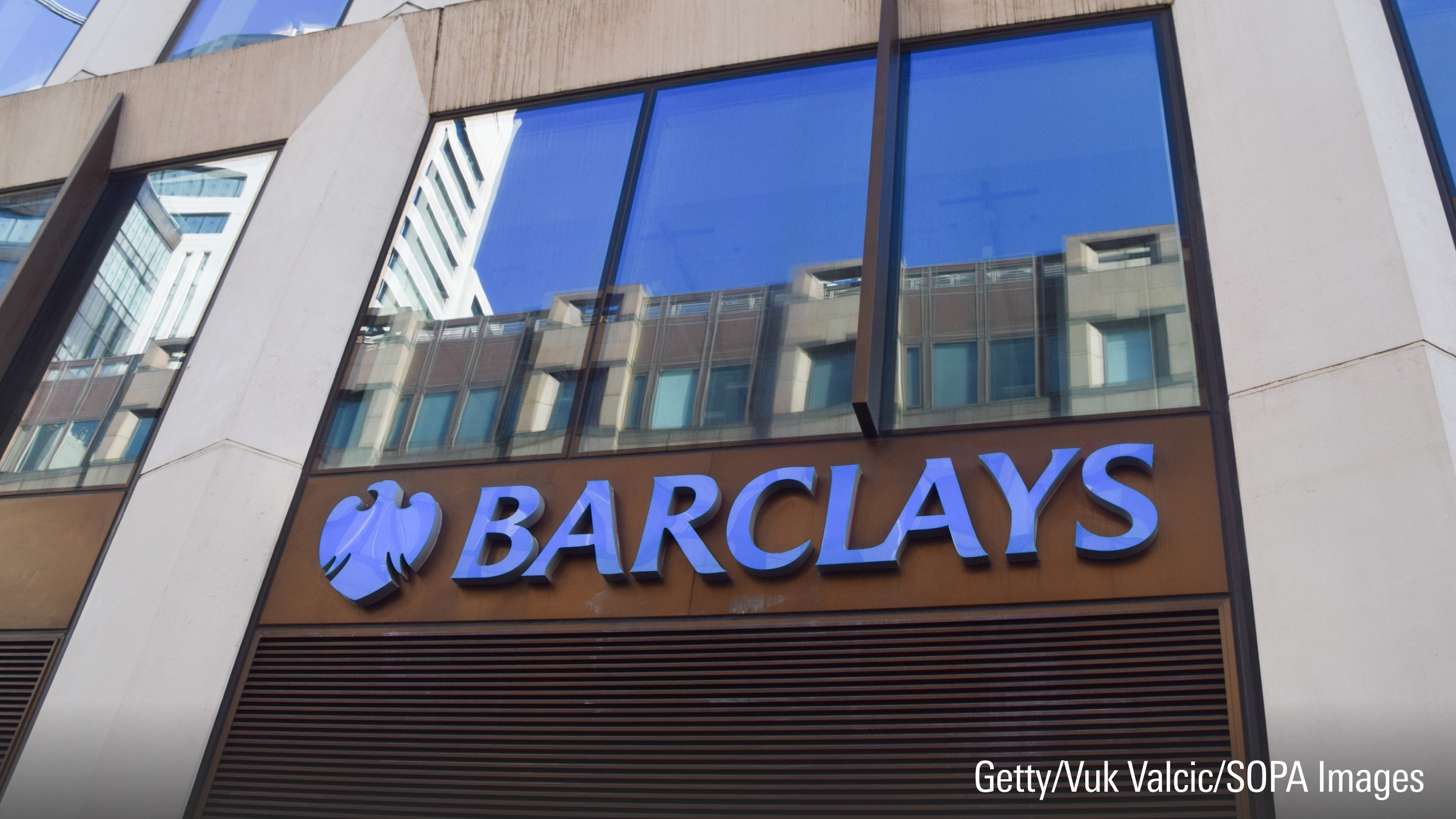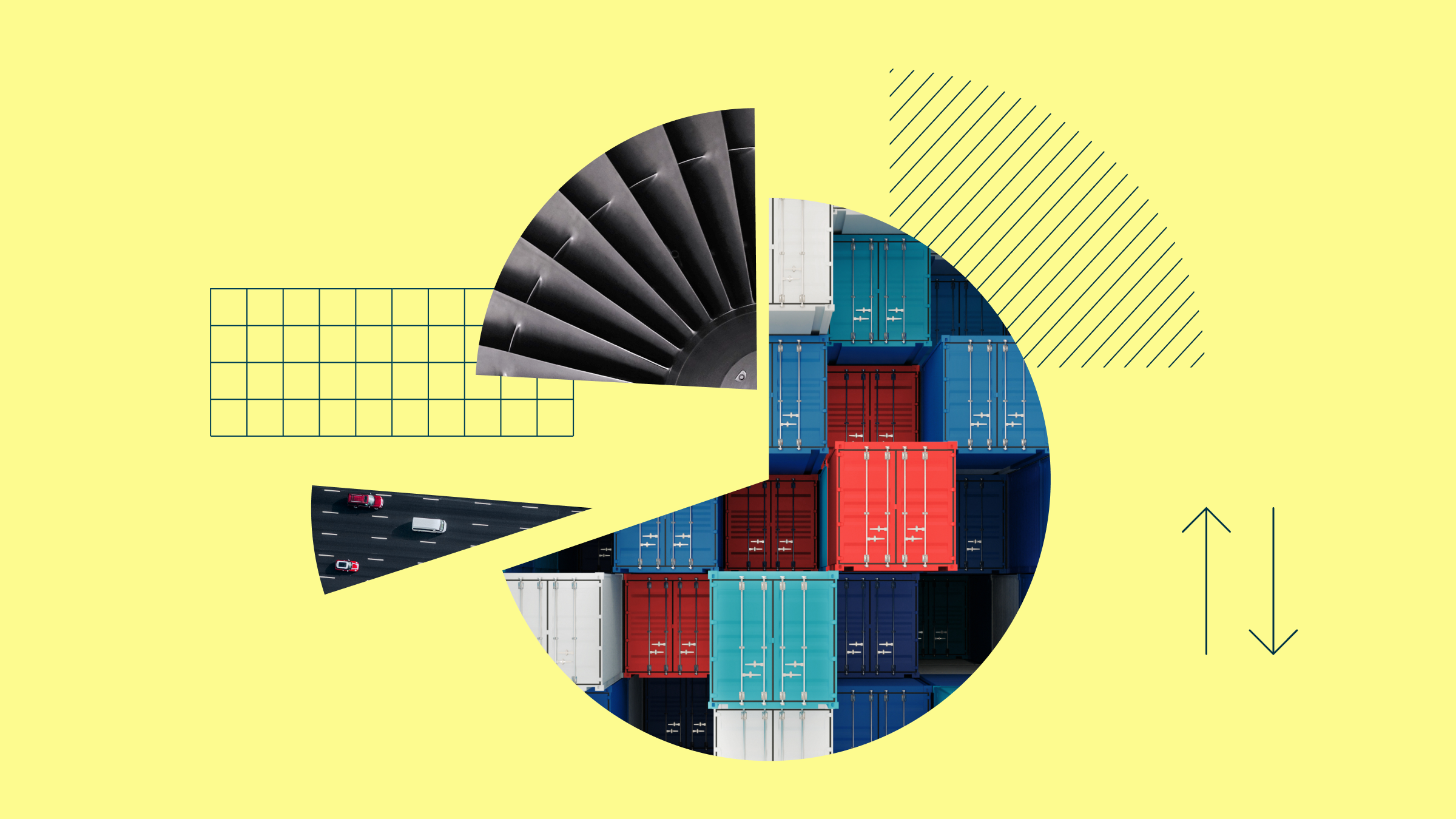Rolle im Portfolio
Lyxor ETF China Enterprise provides exposure to China’s largest companies listed in Hong Kong. While China is the world’s fastest-growing and second-largest economy, foreign investors have limited access to companies trading on its mainland exchanges. To own Chinese stocks, investors can look to companies listed on overseas--offshore exchanges, most notably Hong Kong.
The Hang Seng China Enterprises Index (HSCEI), which consists of 40 H-shares, is heavily tilted towards the financials sector, accounting for over 70% of total index allocation. Diversification at the security level is also limited, with over 60% of the portfolio within the top 10 stocks. Given its narrow concentration, this fund can be used as a tactical tool for investors looking to place a short-term bet on the direction of the Chinese equity market and particularly on the Chinese financials sector. For core holdings, we suggest investors consider more-diversified China funds. Returns from the HSCEI have been extremely erratic, exhibiting an annual volatility of approximately 40% since 1994. An investment like this requires a lengthy time horizon and a very strong stomach to handle the swings.
Almost all of this fund's holdings are state-controlled firms. These mega-cap state-run companies have benefited from political and financial support from the government, their significant economies of scale, favourable regulations, and oligopolistic positions in their respective industries. Thanks to these enviable operating conditions and double-digit gross domestic product growth rates (in the past decade), Hong Kong-listed Chinese stocks enjoyed significant valuation multiple expansion caused by earnings growth and, in hindsight, overoptimism regarding future growth. In the 10 years through December 2012, this fund’s index generated annualised returns of 18%. Returns have moderated significantly since then, and it is possible the best days of these firms have passed as the government tries to shift its growth model from capital spending to domestic consumption.
This fund does not distribute dividends and may not suit investors seeking income.
Fundamentale Analyse
China experienced remarkable growth, transforming from a rural society to a manufacturing behemoth. Thanks to market reforms, the world’s second-largest economy grew at unprecedented double-digit levels for almost three decades, but when global trade stagnated during the financial crisis, China’s export-reliant growth model stonewalled. The Chinese economy is slowing, a trend that will inevitably continue.
China is undergoing a paradigm shift, transitioning to a new growth model, one driven by consumption and services rather than exports and manufacturing. According to “official” statistics, the annual gross domestic product rate has been around 7% since 2012, but skeptics reckon that the real rate is probably 1 to 2 percentage points lower. As the catchup effect wanes, China’s growth rate will converge to advanced economy levels.
To cope with the slowdown, the government embarked on a colossal stimulus program in 2008, spurring growth temporarily but also increasing debt dramatically. Excessive infrastructure projects, unregulated shadow banking activity, and cheap credit sparked an investment boom, leading to a property and stock market bubble. The People’s Bank of China cut interest rates multiple times in 2015 and lowered the reserve requirement for commercial banks. More fiscal and monetary easing is expected.
In August, the PBoC announced that it was moving towards a more flexible and freely floating currency regime. Under the old system, the yuan--also known as the renminbi--was pegged to a basket of currencies, most notably the dollar. With the greenback’s upward climb, the yuan followed in tandem, making Chinese exports more expensive. On Aug. 11, the central bank stepped in, devaluing the currency and aligning it more with the market rate. A cheaper currency will make Chinese exports more competitive.
Authorities are sending contradictory messages: They are opting for financial and exchange-rate liberalisation but still hold a tight grip on the market, pledging to limit disruptive outflows and volatility. After the Chinese stock market took a sharp downturn in August, the Chinese government undermined supply and demand forces by buying shares to prop up an already highly inflated stock market. Regulators also suspended IPOs and banned short-selling. Given the recent volatility and heavy-handed response by the Chinese government, foreign investors may remain on the sidelines for the time being.
Indexkonstruktion
The Hang Seng China Enterprise Index is a free-float market-capitalisation index composed of 40 of the largest H-share companies. To qualify as an H-share, a company must be incorporated in the People’s Republic of China and be listed on the Stock Exchange of Hong Kong. Unlike China-listed A-shares, there are no trading restrictions for overseas investors trading H-shares. For a constituent to be included in the index, it must pass a listing history and minimum turnover requirement. Each constituent’s weight is capped at 10% to ensure diversification. Any constituent that ranks 49 or lower will be taken out of the index, while new members in the 32nd place or higher will be added. A review list is also created, which contains the five stocks with the highest combined market value that are not included in the index already. Should a member fall off the index for any reason between the review periods, a stock from the reserve list will be added in its place. The index is reviewed quarterly. Financials take up the largest allocation, representing 68%-73% of the total. The next biggest exposures are to energy (10%-15%), properties and construction (5%-10%) and consumer goods (4%-9%). The top constituents are ICBC, Bank of China, and CCB, weighting 9%-10% each.
Fondskonstruktion
The Lyxor China Enterprise ETF uses synthetic replication to capture the returns of the Hang Seng Net Total Return Index. Instead of holding the securities in the index, the ETF enters into a swap agreement with counterparty and parent bank Societe Generale. In this transaction, the ETF uses investors’ cash to buy a substitute basket of securities and exchanges their return (less a swap spread) for the return of the HSCEI Index. Lyxor commits to targeting zero counterparty risk exposure. The swap is therefore reset whenever the swap value becomes positive. Swaps may sometimes have a negative value, which would be in essence equivalent to an overcollateralisation of the fund. The substitute basket, which can change daily, is made up of liquid stocks that belong to major indexes and maintain a minimum average trading volume and market capitalisation. As of this writing, swap counterparty exposure is 0.49 (% of Net Asset Value), with the substitute basket representing 99.51% of the fund’s net asset value. The fund’s holdings, which are monitored daily by Lyxor’s asset manager, are held in a segregated account at Lyxor’s custodian, Societe Generale Security Services. This fund does not engage in securities lending.
Gebühren
The fund’s total expense ratio is 0.65%, which is pricier than other alternatives offering exposure to Chinese equities. The annualised tracking difference (fund return – index return) has been greater than 1% over the past three years. Other costs potentially carried by the unitholder include bid-ask spreads and brokerage fees when buy and sell orders are placed for exchange-traded fund shares.
Alternativen
In Asia, there are other ETFs that track the HSCEI, including the Hang Seng H-Share Index ETF (02828/82828, listed in Hong Kong), the Samsung KODEX HSCEI (A099140, listed in South Korea), the ComStage UCITS HSCEI (C023, listed in Germany and Switzerland), the Listed Index Fund China H-share (Hang Seng China Enterprises) (1548, listed in Japan) and the XACT Hang Seng China (XACTKINA, listed in Sweden). Amongst these alternatives, the Hang Seng H-Share Index ETF is the largest as measured by AUM. The Lyxor and ComStage ETFs use synthetic replication to track the HSCEI.
Investors may also consider ETFs that track other non-domestic Chinese market indices, e.g. the FTSE China 50 Index, MSCI China Index and MSCI China H Index.
Die in diesem Artikel enthaltenen Informationen dienen ausschließlich zu Bildungs- und Informationszwecken. Sie sind weder als Aufforderung noch als Anreiz zum Kauf oder Verkauf eines Wertpapiers oder Finanzinstruments zu verstehen. Die in diesem Artikel enthaltenen Informationen sollten nicht als alleinige Quelle für Anlageentscheidungen verwendet werden.

















